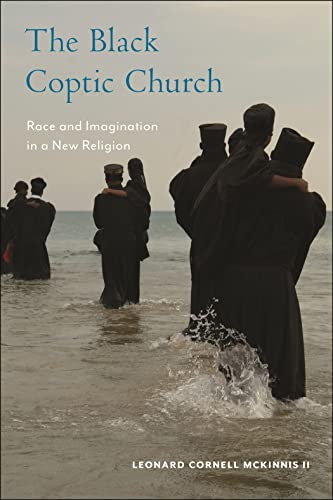In the earliest days of European migration to the New World, the hope of escaping religious persecution was a primary factor driving groups of immigrants to American shores.
In this way, defending religious freedom has been a cornerstone of American society for centuries, creating a place where a myriad of faiths could be practiced, traditions followed, and cultures shared. Because of this, there is a rich history of religious sects in America, and many different faiths are practiced nationally.
The following titles provide both a brief overview of the many religious groups present in America and detailed discussions of a select few. If you’re looking to learn more about religious sects in America, these titles are the perfect place to start.
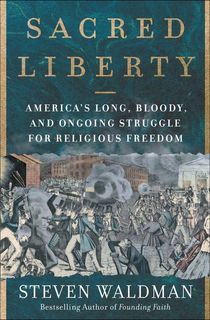
Sacred Liberty
In Sacred Liberty, Steven Waldman reveals how the earliest ideas about religious freedom were developed in America amidst the persecution of Catholics, Baptists, Mormons, Quakers, African slaves, Native Americans, Muslims, Jews, and Jehovah’s Witnesses.
Many prominent American leaders played a significant role in defending religious liberties over the course of American history, but it was ordinary Americans who put their lives and reputations at risk daily to practice their faiths.
Today, America is one of the few nations in the world that has religious freedom and high levels of piety across a diverse array of faiths, despite the modern threats to those freedoms.
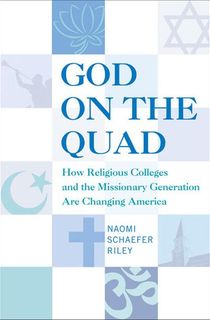
God on the Quad
Religious colleges and universities have gained popularity in the United States at a rapid pace in recent decades. In God on the Quad, Naomi Schaefer Riley attempts to explain this phenomenon of the “missionary generation” and what this era of non-secular education means for the future of the United States.
Catholic, Protestant, Jewish, Mormon, and even Buddhist universities are among the dozen universities Riley visited and surveyed in her research aimed at understanding the appeal of religious universities over secular liberal arts schools, the impact on education, and the hopes and goals of students, administrators, and faculty at these universities.
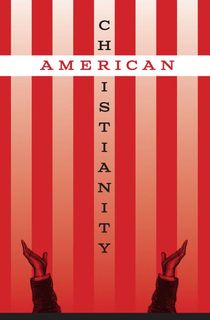
American Christianity
There are many forms of Christianity practiced in America, from traditional churches to Pentecostal, social-action, megachurches, and apocalyptic churches. In American Christianity, Stephen Cox argues that Christianity in the United States is constantly evolving and must continue to adapt to the times.
Cox explores how many modern practices of the Catholic Church and various Protestant churches would seem foreign to the congregations of the past. Despite the popular notion of a traditional faith followed by American founders, there have always been many radical and unpredictable changes made as individuals seek their own connections with God and shape their own religion.

Jews on the Frontier
Jews on the Frontier by Shari Rabin narrates the migration of Jewish people South and West during the 19th century, and how life on the frontier became a pivotal aspect in shaping American Judaism.
The loneliness and anonymity forced ordinary Jews to build religious life from scratch with modern American roots. By establishing their own synagogues and organizations, individual Jewish people in the South and West shaped the development of American Judaism as it stands today.
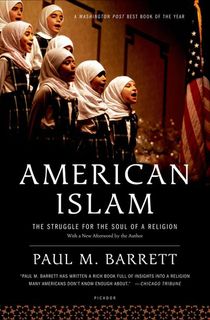
American Islam
In American Islam, Paul Barrett reveals the vivid stories of seven American Muslims that demonstrate the striking diversity of Islam in America.
By visiting homes, mosques, and private gatherings, Barrett studies the vibrant and diverse cultures and practices of the six million Muslims living in the United States.
The challenges that Muslims face in reconciling their faith with American values open the door to an exciting new chapter of American faith and religious freedom.

A Secret History of Memphis Hoodoo
As a city known for its musical influence, it's sometimes forgotten that Memphis was once a major center of Hoodoo culture.
Tony Kail uncovers how the mysterious tradition has influenced many well-known blues musicians and how its popularity among African American communities often spurred racial tensions in A Secret History of Memphis Hoodoo.
Practitioners often faced blame for misfortunes in the natural world and in society, but even the most popular socialites turned to Hoodoo for help.

Shi'ism in America
A survey of the history, current composition, and modern Shi’i identity in America, Shi’ism in America provides a detailed overview of the community and its experiences.
There are over two million Shi’is, and Liyakat Nathani Takim explains the early history of this sect of Islam and offers important scholarly insights into how living in the West has pushed the Shi’i community to consider how Islamic law responds to the challenges of modernity, particularly in the United States.
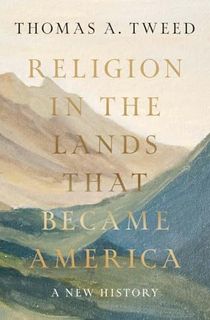
Religion in the Lands That Became America
Discussions of American religious history often venture only so far as the religious freedom sought by European settlers that drove them to the New World, but faith has been present for as long as the land has been inhabited.
In Religion in the Lands That Became America, Thomas A. Tweed begins in a small cave in Texas and studies Indigenous Peoples, African Americans, transnational migrants, and people of other faiths as they shaped the land and faced the many challenges to come.
Specifically, Tweed analyzes three unresolved sustainability crises that continue to haunt the American conscience.

Defend the Sacred
Native Americans have repeatedly been forced to assert legal rights to religious freedom to protect their sacred places, practices, and knowledge. In Defend the Sacred, Michael D. McNally reveals the fruitlessness of many of these efforts because of Western definitions of religion, and shares how Native peoples have been driven to turn to other creative legal means to defend their faiths.
By drawing on environmental and historic preservation law, sovereignty under treaty-based federal Indian law, and Indigenous rights under international human rights law, Native nations have achieved legislative success beyond the First Amendment, and McNally explains how.
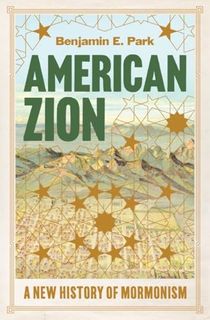
American Zion
A complete and modern history of the Mormon faith, American Zion traces the foundation of The Church of Jesus Christ of Latter-day Saints in 1830 and its evolution into the most significant homegrown religion in American history.
Benjamin Park begins his evaluation with the move to Utah territory in 1847, the public renunciation of polygamy in 1890, the Mormon alliance with the Republican Party following the New Deal, and, finally, observes the prominence of the Mormon faith in modern American culture.

The Black Coptic Church
During the Great Migration, a plethora of Black new religious movements emerged, including the Black Coptic Church. In The Black Coptic Church, Leonard Cornell McKinnis describes how Black Coptics combined Black Protestant and Black Hebrew traditions with Ethiopianism to construct a divine racial identity.
This heroic identity of royal Egyptian heritage is a sharp contrast to the racial identity imposed on African Americans by the white dominant culture. McKinnis draws on a decade of research, interviews, and historical context to describe Black religious life in North America outside of mainstream Christian churches.
Featured image: Canva




